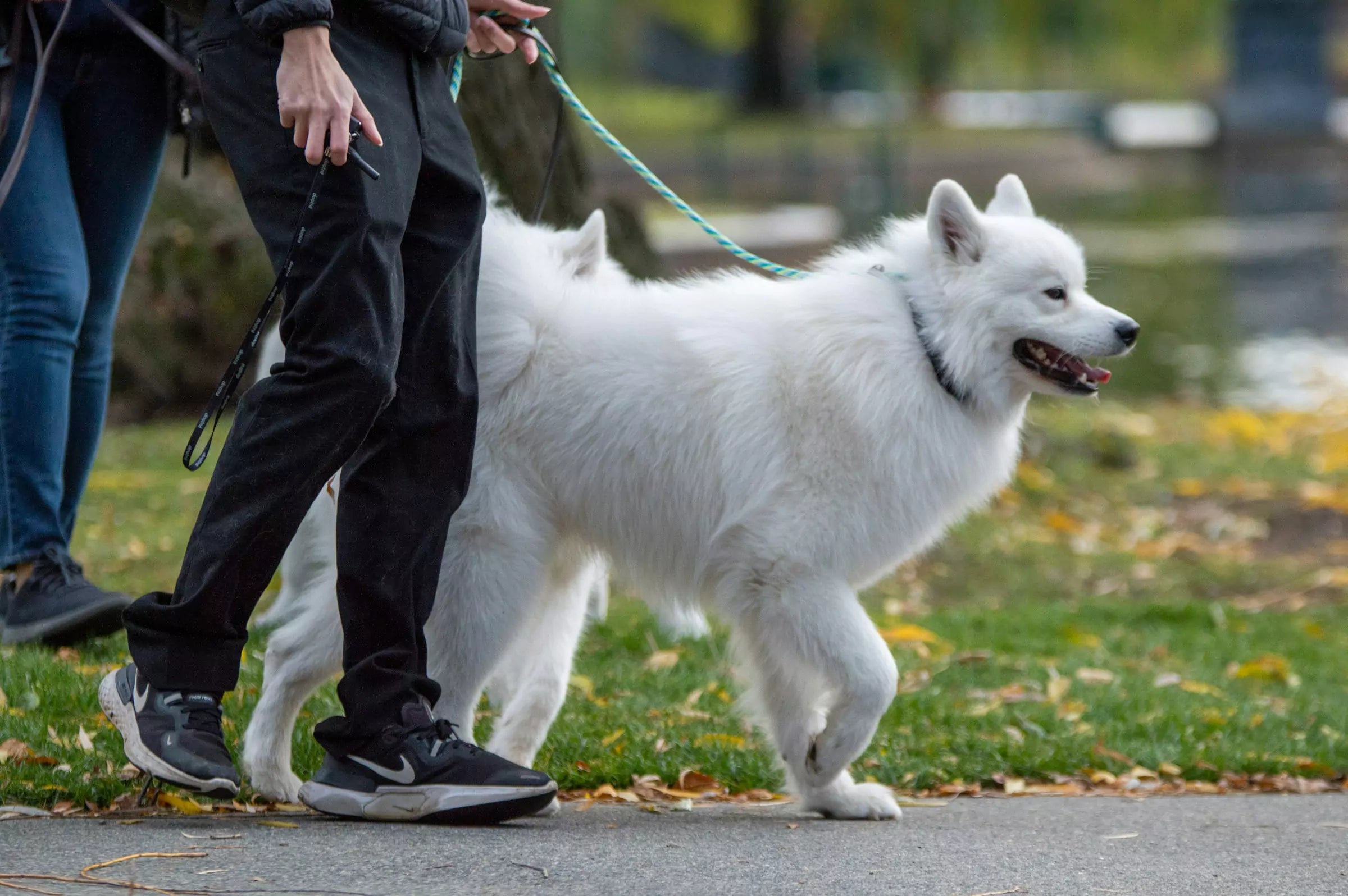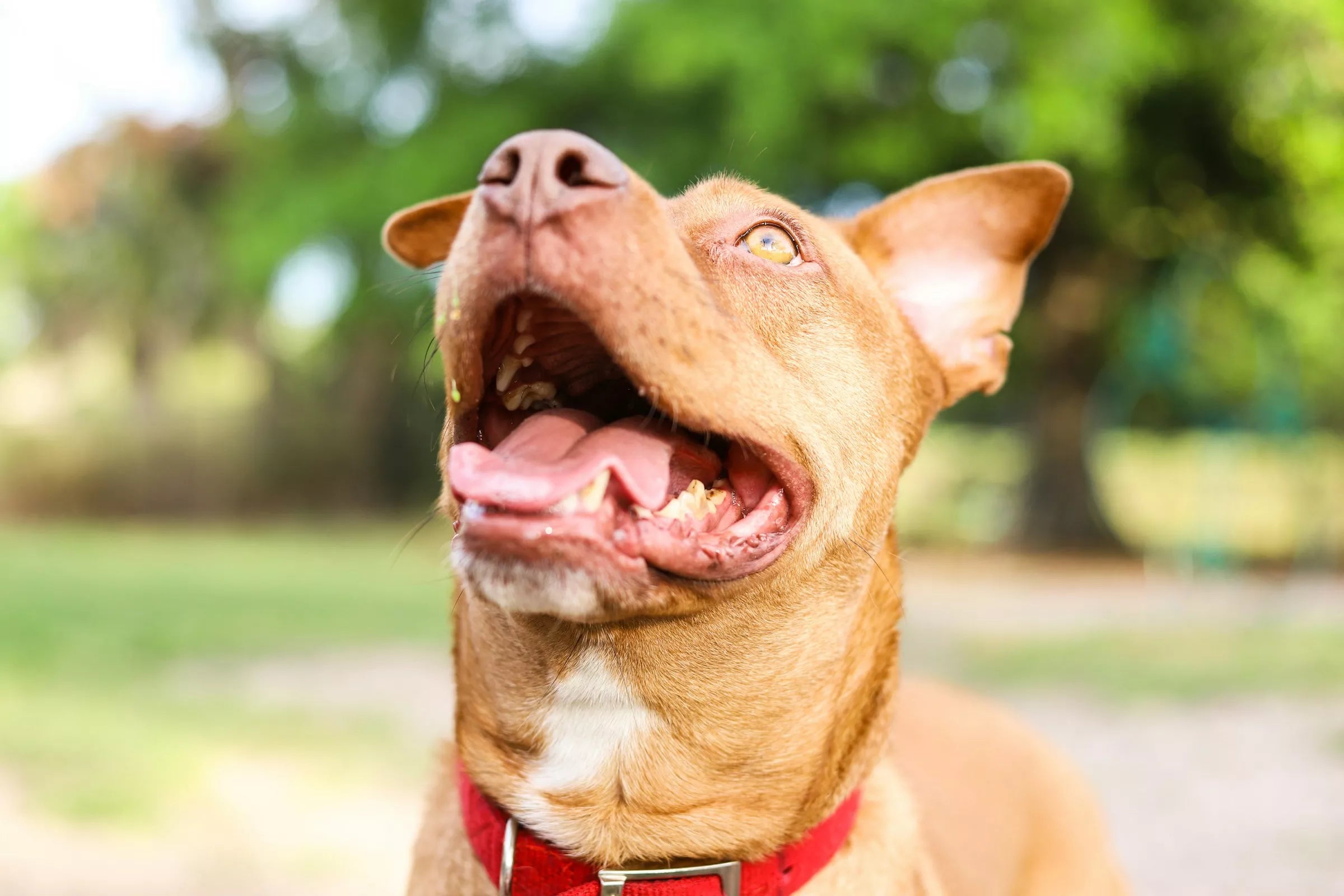Introduction
Hey there, fellow dog parents! If you're reading this, you might be worried about your furry friend's hip health. Specifically, you're probably wondering if your dog with hip dysplasia can still enjoy running. You're not alone in this—many dog parents share the same concern. Let's dive into everything you need to know to keep your pup happy and healthy.
Understanding Hip Dysplasia in Dogs
What is Hip Dysplasia?
Hip dysplasia is a common condition in dogs where the hip joint doesn't fit into the hip socket properly. This misalignment can cause pain, inflammation, and eventually arthritis. It's more common in larger breeds, but any dog can be affected.
Causes of Hip Dysplasia
Hip dysplasia is often genetic, but other factors like rapid growth, improper nutrition, and lack of exercise can contribute. Overweight dogs are also more prone to developing this condition.
Symptoms of Hip Dysplasia
Early Signs to Watch For
Spotting hip dysplasia early can make a big difference in managing the condition. Look out for signs like limping, difficulty standing up, reluctance to run or jump, and a swaying gait.
Diagnosing Hip Dysplasia
If you suspect your dog has hip dysplasia, a trip to the vet is crucial. Diagnosis typically involves a physical exam and X-rays to get a clear view of the hip joint.
Impact of Running on Dogs with Hip Dysplasia
Benefits of Running
Running can be beneficial for dogs, providing physical exercise and mental stimulation. It can help maintain a healthy weight, which is crucial for dogs with hip dysplasia.
Potential Risks of Running
However, running can also put stress on your dog's hips. High-impact activities can exacerbate the condition, causing pain and further joint damage. It's important to balance exercise with caution.

Safe Exercise Alternatives
Swimming
Swimming is an excellent low-impact exercise that can help strengthen muscles without stressing the joints. Many dogs love it, and it's a great way to keep them active.
Walking
Regular walks are beneficial, but keep them short and on soft surfaces like grass to minimize impact. Avoid steep hills and rough terrains.
Physical Therapy
Consider physical therapy sessions with a professional. They can provide exercises specifically designed to strengthen your dog's hips and improve mobility.
Managing Hip Dysplasia
Diet and Supplements
A balanced diet with the right supplements can support joint health. Look for foods rich in omega-3 fatty acids, glucosamine, and chondroitin. These nutrients can help reduce inflammation and support joint repair.
Weight Management
Keeping your dog at a healthy weight is crucial. Excess weight puts additional stress on the joints, exacerbating hip dysplasia symptoms. Regular exercise and a controlled diet can help maintain an ideal weight.
Exercises to Avoid
High-Impact Activities
Avoid activities that involve a lot of jumping or sudden changes in direction. These can strain your dog's hips and cause pain.
Long-Distance Running
Long-distance running can be too strenuous for dogs with hip dysplasia. Instead, opt for shorter, more controlled bursts of activity.

Creating an Exercise Plan
Consulting with a Veterinarian
Before starting any exercise plan, consult your veterinarian. They can assess your dog's condition and recommend safe activities tailored to their needs.
Customized Exercise Plans
Work with your vet to create a customized exercise plan. This plan should balance physical activity with rest to prevent overexertion.
Importance of Regular Check-Ups
Monitoring Progress
Regular vet check-ups are essential for monitoring your dog's progress. Your vet can make adjustments to the exercise plan based on how your dog is responding.
Adjusting Exercise Plans
As your dog's condition changes, so should their exercise plan. Be prepared to make adjustments to ensure your dog remains comfortable and active.
Pain Management Techniques
Medications
Your vet might prescribe medications to help manage pain and inflammation. Always follow their guidance on dosage and administration.
Natural Remedies
Some dog parents find success with natural remedies like CBD oil, turmeric, and fish oil supplements. However, always consult your vet before starting any new treatment.
Surgical Options for Hip Dysplasia
Types of Surgery
In severe cases, surgery might be necessary. Common procedures include hip replacement and femoral head ostectomy (FHO). Discuss the options with your vet to determine the best course of action.
Post-Surgery Care
Post-surgery care is crucial for recovery. Follow your vet's instructions carefully, including rest periods and gradual reintroduction to exercise.
The Role of Supportive Equipment
Orthopedic Beds
Invest in an orthopedic bed to provide your dog with the comfort they need. These beds support the joints and can alleviate pain.
Harnesses and Slings
Harnesses and slings can help support your dog during walks, reducing the strain on their hips. They can also aid in getting up and down stairs.
Mental Stimulation for Dogs with Hip Dysplasia
Puzzle Toys
Keeping your dog's mind active is just as important as physical exercise. Puzzle toys can provide mental stimulation and keep them engaged.
Training Sessions
Short, positive training sessions can be a great way to bond with your dog and keep their mind sharp. Focus on commands that don't require a lot of physical movement.
Success Stories
Real-Life Examples
Hearing from other dog parents can be inspiring. Look for success stories online or in local dog communities. These stories can provide valuable tips and encouragement.
Tips from Experienced Dog Parents
Experienced dog parents often have practical advice on managing hip dysplasia. Don't hesitate to reach out and ask for their insights.
Conclusion
Managing hip dysplasia in dogs is all about finding the right balance. While running can be beneficial in moderation, it's important to consider safer, low-impact alternatives. Always consult with your vet to create a tailored exercise plan and monitor your dog's progress. With the right care and attention, your furry friend can still enjoy a happy, active life.
FAQs
-
Can I let my dog with hip dysplasia run at all?
- Yes, but in moderation and under supervision. Short, controlled runs on soft surfaces are best.
- Yes, but in moderation and under supervision. Short, controlled runs on soft surfaces are best.
-
What are the best exercises for dogs with hip dysplasia?
- Low-impact exercises like swimming, short walks, and physical therapy are ideal.
- Low-impact exercises like swimming, short walks, and physical therapy are ideal.
-
Are there any dietary supplements that can help?
- Supplements like glucosamine, chondroitin, and omega-3 fatty acids can support joint health.
- Supplements like glucosamine, chondroitin, and omega-3 fatty acids can support joint health.
-
When should I consider surgery for my dog's hip dysplasia?
- Surgery is usually considered for severe cases where other treatments haven't provided relief. Consult your vet for personalized advice.
- Surgery is usually considered for severe cases where other treatments haven't provided relief. Consult your vet for personalized advice.
-
How can I manage my dog's pain at home?
- Pain management can include medications prescribed by your vet, natural remedies, and supportive equipment like orthopedic beds.















Share:
Why Do Dogs Sleep So Much?
Are Dog Crates Cruel?